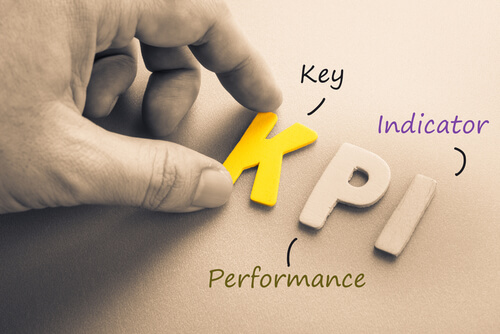 I am working on a new but familiar project focusing on performance management and key performance indicators (KPIs). The framework and presentation of a performance management system does not matter I am realizing. Specifically, the way performance measurement initiatives are structured is only as important as their ability to create common understanding among employees.
I am working on a new but familiar project focusing on performance management and key performance indicators (KPIs). The framework and presentation of a performance management system does not matter I am realizing. Specifically, the way performance measurement initiatives are structured is only as important as their ability to create common understanding among employees.
To test this argument, I use a thought experiment in which only one person was involved in performance management. Aside from it being opportunity to self-reflect, this activity allows me to assess whether the fundamental arrangement, buy-in, or some alternative of a performance management program is most important.
Common highest levels of most performance management platforms include mission, vision, values, and perspectives. Some of these terms are unique and others wide spread among the plethora of books and consultation services vying to get a share of the performance measurement market. I have even referred to this topic as performance management, performance measurement, and (key) performance indicators in addition to being a framework, system, imitative, program, and platform to demonstrate the inconsistency of this topics terms. It should come as no surprise multiple sources suggest creating an organization-specific dictionary of just performance management terms.
To keep my thought experiment simple and paralleled to my professional work, I lay out below a vision, long term goals, outcomes, and strategies followed by indicators (which can be at any level). Rather than detail my performance management framework first, I will present my conclusions and then return to the example.
This thought experiment has confirmed some of the best practices related to performance management. For example, I debated between codifying two strategies and two related indicators suggesting fostering buy-in and common understanding may be more important. Thus, implementing performance management simply orientates a formal plan that is created through and creates pervasive agreement which directs an organization’s future. It holds people accountable and allows for the assessment of those people.
Applying performance management to one’s personal life is also a way to reenergize future goals and plans. It is one thing to daydream about life in ten years, and it is another thing to write down and develop the how to get to the future. For something to consider, performance management is a means to setting: If I recall from high school language arts correctly, setting is the time, place, and atmosphere of a story. After all, are our lives and organizations not just micro and macro story creation organisms?
The Thought Experiment
The four themes of my vision include scholarship, research, service, and recreation. Aside from being a tidy ABAB pattern, the first three – scholarship, research, and service – comprise for many universities the pillars of faculty employment. One set of many possible long-term goals for these themes include obtain a graduate degree, publish in a journal, work with nonprofits, and see the world.
One way to put these long-term goals into perspective is to list some desired outcomes. If it is not clear how indicators can measure the above themes and long-term goals, I hope this level will begin to help: finish my Master of Science in Accounting, complete and present research findings at a conference, grow a pediatric support group, and make it to U.S. National Parks. If indicators are still murky, consider these strategies: evaluate and reduce distractions that prevent good grade attainment, do not take graduate classes this summer and focus on man-made fractals research, dedicate more time to plan support group activities, and begin saving for a trip to Glacier National Park.
The following are few indicators:
- Obtain Master of Science in Accounting in 2017
- Maintain a greater than 3.5 GPA through accounting master program
- Obtain second graduate degree by 2027
- Review literature, plan data collection, and analyze findings of man-made fractals by fall 2016
- Schedule additional time for pediatric support group planning
- Attend networking events and introduce myself to nonprofit leaders in the community
- Open a holiday club account and begin making deposits for a trip to Glacier National Park
- Complete and review prior Dutch language lessons every day



